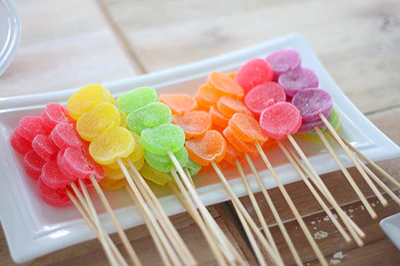| Essence |
Flavoxanthin or E161a is a Xanthophyll naturally found in various plants used for its yellow-color-offering capabilities. Xanthophylls are a class of Carotenoids (the other one is Carotenes). |
| Names |
All-trans-Flavoxanthin, Carotene-3,3′-diol, E161a, Flavoxanthin, and others. |
| Sourcing |
Commercially, it is typically created from buttercups (genus Ranunculus). |
| Manufacturing |
Unknown. |
| Application |
Coloring (golden-yellow, water-insoluble). |
| Acceptable Daily Intake |
None determined. |
| Side Effects |
None. But since there is a lack of studies on it, it has not been currently approved in either European Union or the United States. |
| Benefits |
As a Xanthophyll, it offers powerful antioxidant capabilities. Hence, it can potentially provide quite a few benefits. But which ones exactly, that’s hard to tell or predict for now. |
| Studies |
Less than 10 studies on Pubmed. No studies on safety. |
| Allergens |
None. |
| Diet Restrictions |
None. |
Health Knight Assessment
|
Potentially Harmless. | Category 2 Additive. |
| Products |
It is almost never used in supplements. In processed foods, it can pretty much be found only in sweets and candy. |



